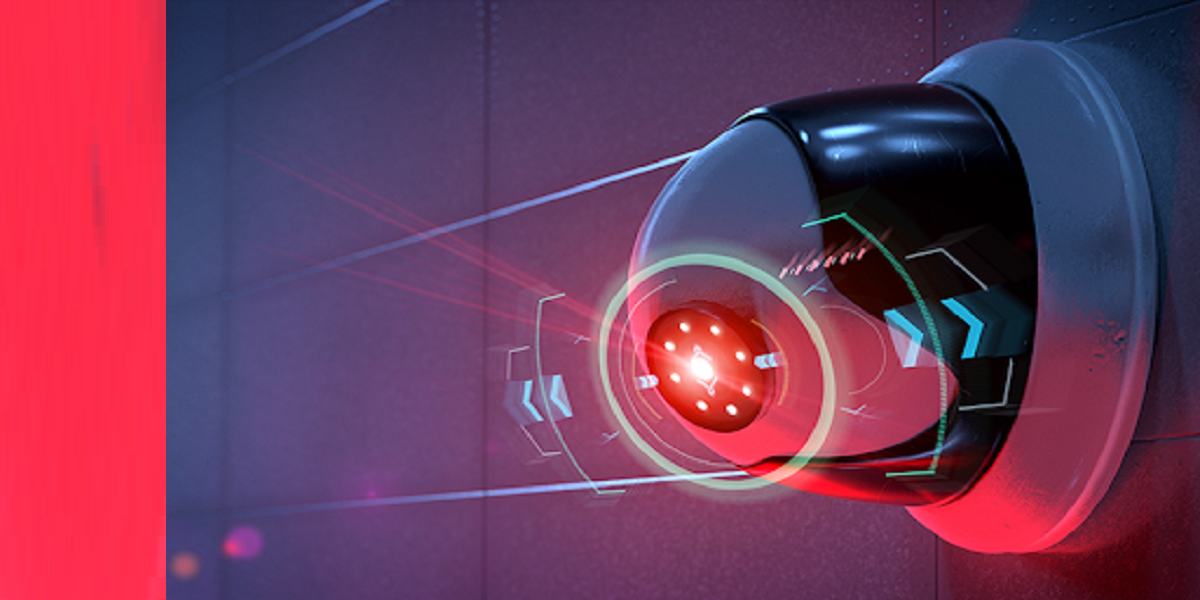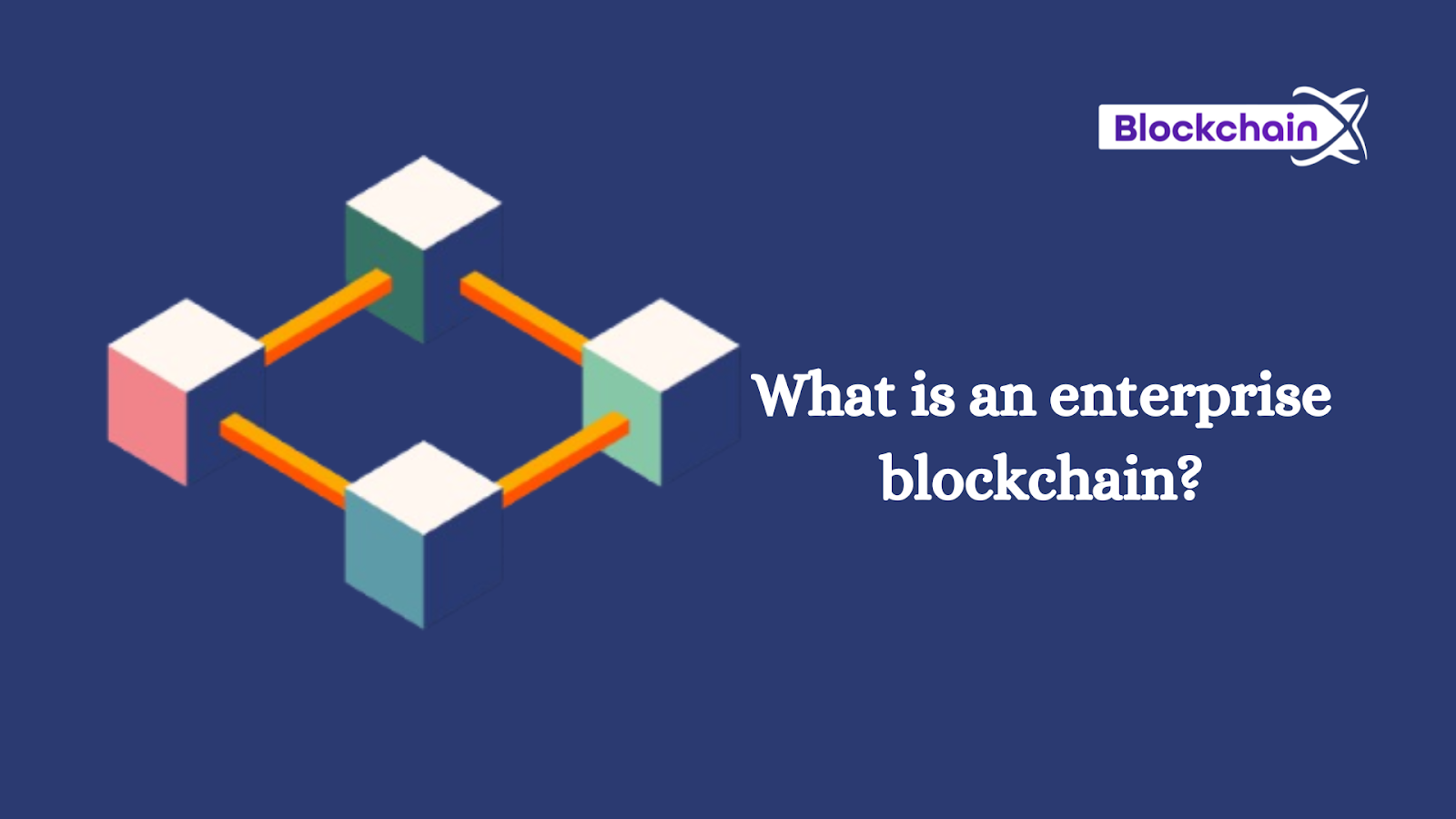
5 ways AI Computer Vision Provides Safety Measures in Manufacturing
- By cogni phi
- 27-04-2022
- Artificial Intelligence
Safety hazards are a concern for all industries but are probably more important in manufacturing due to the heavy equipment involved. There are higher risks involved that have the potential to cause severe harm to both people and property. Since a lot of the processes involved in manufacturing require a highly specialized skill set, almost all of these processes need to be assisted by a person - putting them at risk.
This not only puts the workforce at risk but also the business - if the specialist from the floor is injured, it can significantly affect the process due to a lack of any replacement, ultimately hurting the production output, schedules, and relationships with customers or vendors.
Improved safety practices can not only keep the workers safe but ensure business continuity, contributing towards employee, vendor, and customer satisfaction.
AI Computer Vision for Safety
Computer vision has become one of the most important aspects of industrial safety in recent times. It has empowered manufacturing units with the ability to not only ensure that all safety measures are in place but also have timely insights and warnings to avoid accidents, saving lives.
Let’s look at 5 ways AI Computer Vision provides safety measures in manufacturing:
Forklift Safety
One of the major concerns for manufacturing units is forklift and pedestrian-related risks. With AI-based computer vision, floor supervisors can observe and monitor forklift movement in defined areas, detecting and alarming the right personnel for incidents like speeding, wrong directions, parking in wrong areas, pedestrians on the floor and not the sidewalk, and other instances where non-compliance on the floor can lead to serious injuries.
Lifting Equipment
In all sorts of manufacturing units, there is always lifting of heavy objects involved that poses significant risk to the safety of the workers. Irrespective of the equipment used, there’s always a need for extreme safety measures to prevent any falls or any overload that could lead to accidents. With computer vision, floor workers and supervisors will be able to detect if the type of lifting equipment used is right for the load involved and if the load is manageable, sending real-time warnings to employees or staff nearby if there’s an overload.
Fire / Thermal Safety
When integrated with Computer Vision, fire detection models can be trained to fire and fire-related incidents early on and send real-time warnings via local buzzers, PA systems, or display systems. In addition to early detection, these models would also be empowered to detect people stuck in the affected area and send the information to the right people, enabling timely rescue.
Equipment Safety
Computer vision and AI systems can detect employees in the hazardous zone and provide real-time warnings. The warnings could also be provided to machine operators in case an employee is detected near the machine. AI systems can monitor the level of maintenance, reducing the chance of breakdowns and accidents. The system could also provide real time alerts in case of accidents, reducing the time to provide medical help.
PPE Detection
Majority of the work-related injuries in manufacturing occur due to lack of proper PPE equipment while working with risky equipment. Since it’s almost impossible to monitor workers all day long, Computer vision-powered cameras can help detect safety glasses, high-vis jackets, joint protectors, face masks, gloves, ear protectors, etc. With effective detection, these work-related injuries can be massively reduced or even prevented altogether due to the complete use of PPE.
As the technology progresses further, there will be new avenues and opportunities to explore, providing even more possibilities in industrial safety.
Recent blog

Blockchain for Enterprise: Transforming Business Operations
Blockchain | 23-04-2024.png)
Top 03 Audio Enhancers to Enhance Your Voice in Minutes
Technology | 18-04-2024.png)




